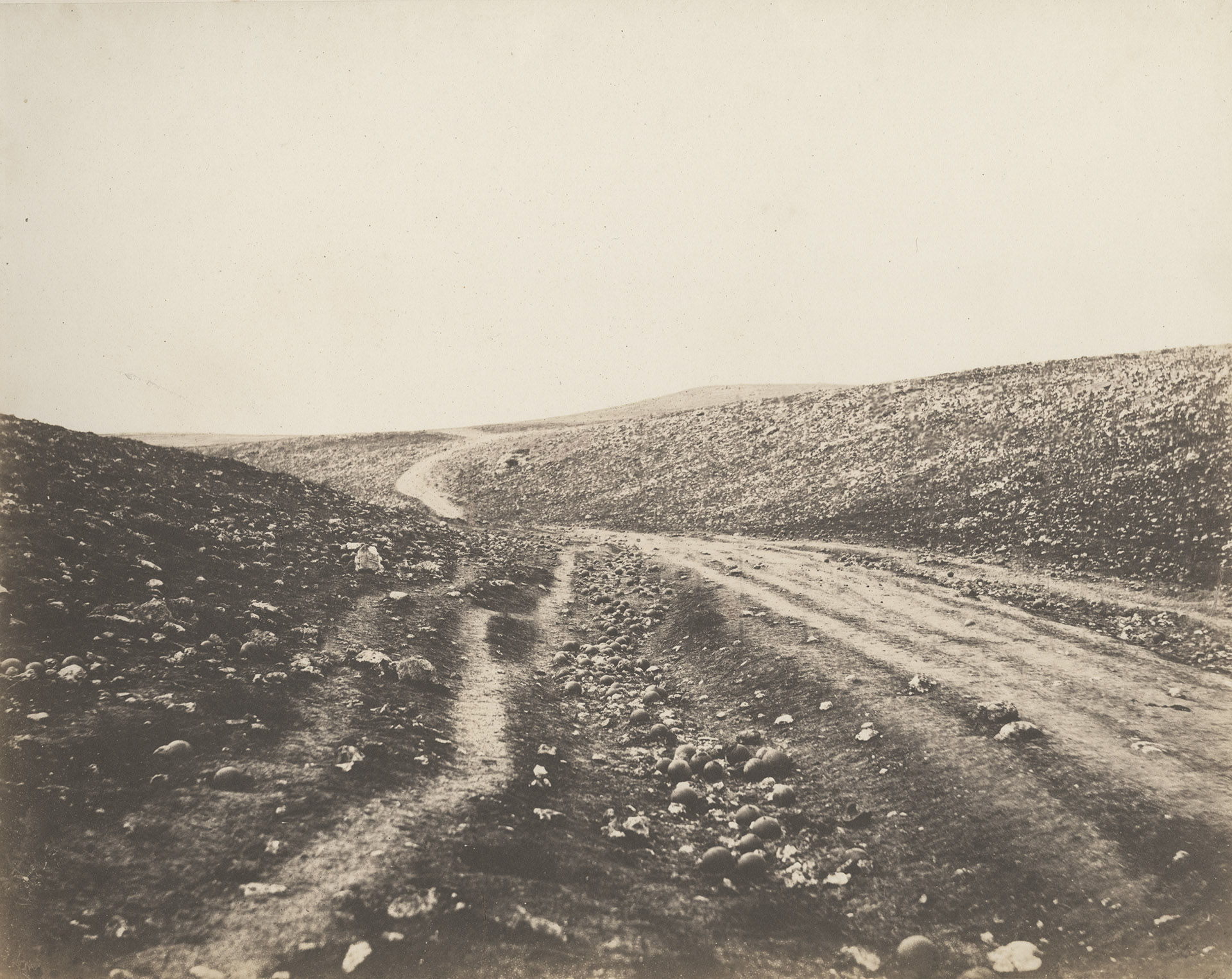In this term, I learned a lot, such as know the difference between selfie and self-portrait, what is the point of view, the difference between silhouettes and shadows, how to use the cell phone and computer to make the gifs and films. For the last subject climate change, it is a film about protecting the environment.
I use the cell phone and computer to do all the works. For the climate change, I need print, draw and cut down some material we need in the video and we need a cell phone to take the video. This project cost a lot of time, it has many different scenes and in different scenes, I have to take many pictures to combinate them to a video.
The climate change video advocate people to reduce pollution, low carbon life and the video shows what caused climate change and what will happen to the earth. It is everyone's responsibility to protect the environment.
My goal for this class is to learn some new skills and the final mark run up to 90, I learned many new things this term but my mark is not that high.
I think this class is more difficult than I thought at first, but I fix all the problems. I think I will make some films looks more batter if I do it again.
Yani
2019年1月14日星期一
2019年1月11日星期五
2018年11月26日星期一
Animal Montage
I work with Chelsea, at the first we have an idea is to make the montage about cute animals. After, I have an idea is to add some short videos about animals hunted and pursued together, because it can show a big contrast in the video. So, I found some videos about that on the youtube and some pictures on the website.
2018年11月21日星期三
Film
I work with Chelsea, I use my phone camera to take different angles of 6 seconds videos. Eye level, high angle, low angle, tilt angle, over the shoulder, cutaway, reverse angle, the point of view, extreme close up, medium close up, medium full shot, full shot, long shot, and extreme long shot. We choose the Bay max to be our character.
2018年11月8日星期四
15-sec Animation
I work with Chelsea and we use Imovie to make this animation. At the first, I have an idea is to use cotton, feather, and other material to make a story of a snowman, but after we take the video two times we find out it is too difficult to make it looks very perfect and the time is not enough. Then we have another idea is to use color paper to show a story about a boy's pipe dream, it is easier. I cut many different shapes and stick it together to make the scene and character. Also, I have to move it carefully and piece by piece.
The failed videos:
2018年10月15日星期一
GIF
I use the app which calls imotion to take handmade gif and stop-motion gif. I draw different pictures on the paper and then I use the app to take pictures, the stop-motion is the same way.
I use the app calls flash to make this gif, I draw it on my computer and add color and speed.
I think the video gif is most difficult but after Ms. Lesa helped me I understand how to use flash to do it.
2018年9月28日星期五
Research Essay-Photography's History-Roger Fenton
Yani Tan
Media Art
2018.Sep.27
This essay is writing about Roger Fenton, he was a British photographer, noted as one of the first war photographers. Fenton trained as a painter in London and Paris before pursuing photography. He founded the Photographic Society in London and gained notoriety taking pictures of the British monarchy.
For his early life, he was born in Crimble Hall, Rochdale, Lancashire, on 28 March 1819. In 1838 Fenton went to the University of Oxford where he graduated in 1840 with a "first class" Bachelor of Arts degree, having read English, mathematics, Greek and Latin. In 1841, he began to read law at University College, evidently sporadically as he did not qualify as a lawyer until 1847, partly because he had become interested in learning to be a painter. In 1849, 1850 and 1851 he exhibited paintings in the annual exhibitions of the Royal Academy. His published call for the setting up of a photographic society was answered in 1853 with the establishment of the Photographic Society, with Fenton as founder and first Secretary.

Due to the size and cumbersome nature of his photographic equipment, Fenton was limited in his choice of motifs. Because the photographic material of his time needed long exposures, he was only able to produce pictures of stationary objects, mostly posed pictures; he avoided taking pictures of dead, injured or mutilated soldiers. An exhibition of 312 prints was soon on show in London and at various places across the nation in the months that followed. Fenton also showed them to Queen Victoria and Prince Albert and also to Emperor Napoleon III in Paris. Nevertheless, sales were not as good as expected.


Versions of Valley of the Shadow of Death, with and without cannonballs
Until then, the general public learned of battles through heroic paintings and illustrations. But after the British photographer Roger Fenton landed in 1855 on that far-off peninsula on the Black Sea, he sent back revelatory views of the conflict that firmly established the tradition of war photography.

Marcus Sparling seated on Fenton's photographic van, Crimea, 1855.

Cossack Bay, Balaklava, 1855

Hunter and his Entourage in Balmoral, 1856

Officers of the 71st Highlanders, 1856

Sturdy Cannon and Fortifications, Crimea

A gentleman in Eastern Costume with Nubian Model, 1858

Orientalist Study of a Woman, 1858

The Billiard Room, Mentmore, 1858

Roger Fenton in Volunteer's Uniform, 1860

Interior- Tintern Abbey, c. 1862
Those are the famous pictures which are Roger Fenton took when he alive. This is his life when he alive and the story happened to him.
sources:
https://en.wikipedia.org/wiki/Roger_Fenton
https://lens.blogs.nytimes.com/2018/01/18/roger-fenton-the-first-great-war-photographer/
http://100photos.time.com/photos/roger-fenton-valley-shadow-death
sources:
https://en.wikipedia.org/wiki/Roger_Fenton
https://lens.blogs.nytimes.com/2018/01/18/roger-fenton-the-first-great-war-photographer/
http://100photos.time.com/photos/roger-fenton-valley-shadow-death
订阅:
评论 (Atom)




